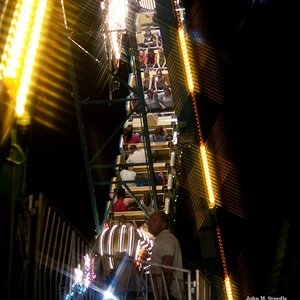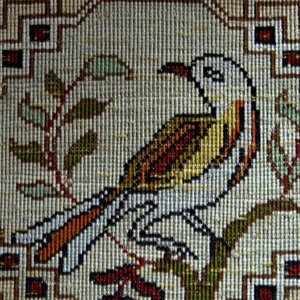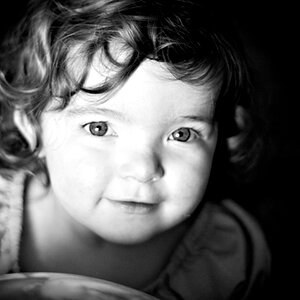Shawn
TPF Noob!
My first digital camera was a cheap Fujifilm $99 thing that was just a toy for me to get used to the idea of a digital camera. It was as good as expected, and that is where I first learned about the evil spots that digital cameras produce in photos. If you don't know what I'm talking about, check out this example (yes, it's a horrible photo) from a storm I was trying to take pictures of with it:
http://www.awebsite.org/gallery/view_photo.php?set_albumName=june10storms&id=june10
As a result, I eventually upgraded to a Canon PowerShot S410, which I know is still not the best, but it suits my needs better than the huge professional cameras. While it has a lot less of the spot problem, it does still make them on occasions, and I can't figure out exactly what triggers it. So I have a few questions:
1) What conditions are typically blamed for creating the spots? I understand it may be different camera to camera, but there has to be some overall conditions that cause them most of the time.
2) If I have a photo with spots, what is the best way to clean them up? I use Adobe Photoshop to edit my photos so I can trim off excess space, fix the overall colors, etc. but I'm not a great Photoshop user. I basically just know how to cut and paste, use auto levels, and change the size.
If anyone has the answers to these questions and can help me out, I would greatly appreciate it.
Thanks,
Shawn
http://www.awebsite.org/gallery/view_photo.php?set_albumName=june10storms&id=june10
As a result, I eventually upgraded to a Canon PowerShot S410, which I know is still not the best, but it suits my needs better than the huge professional cameras. While it has a lot less of the spot problem, it does still make them on occasions, and I can't figure out exactly what triggers it. So I have a few questions:
1) What conditions are typically blamed for creating the spots? I understand it may be different camera to camera, but there has to be some overall conditions that cause them most of the time.
2) If I have a photo with spots, what is the best way to clean them up? I use Adobe Photoshop to edit my photos so I can trim off excess space, fix the overall colors, etc. but I'm not a great Photoshop user. I basically just know how to cut and paste, use auto levels, and change the size.
If anyone has the answers to these questions and can help me out, I would greatly appreciate it.
Thanks,
Shawn



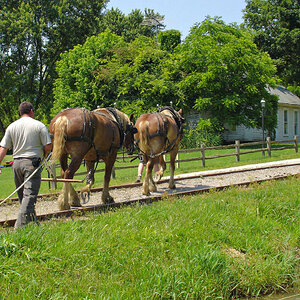

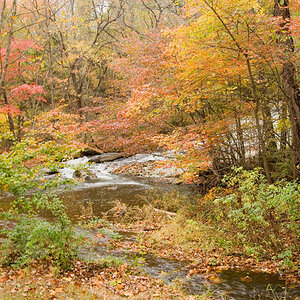
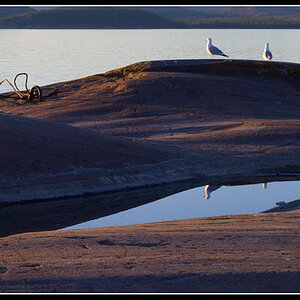
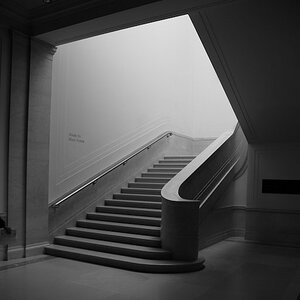
![[No title]](/data/xfmg/thumbnail/35/35965-cac1057a7f2dd8e8aeeefed50ae8c080.jpg?1619737282)
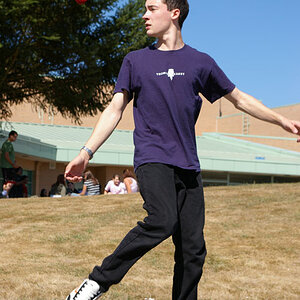
![[No title]](/data/xfmg/thumbnail/37/37524-6c51828efbc2361f9cfed53f63f28aa2.jpg?1619738130)
![[No title]](/data/xfmg/thumbnail/37/37521-5e19cc15e190997d963ed09c3c13ca9c.jpg?1619738129)
